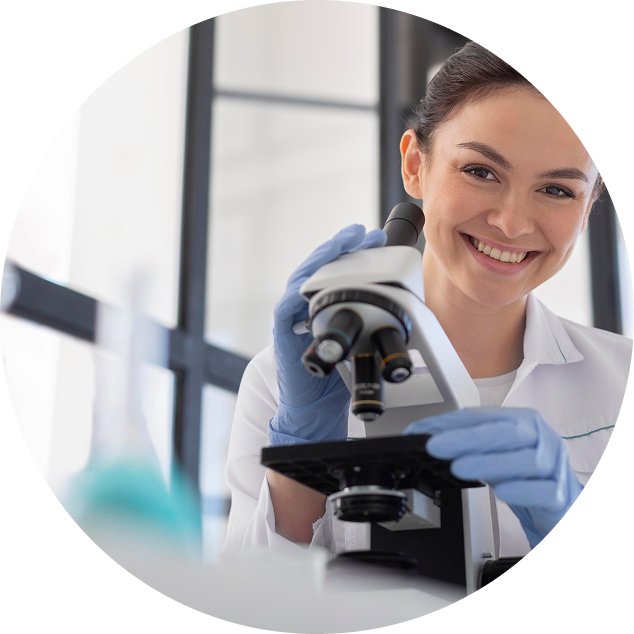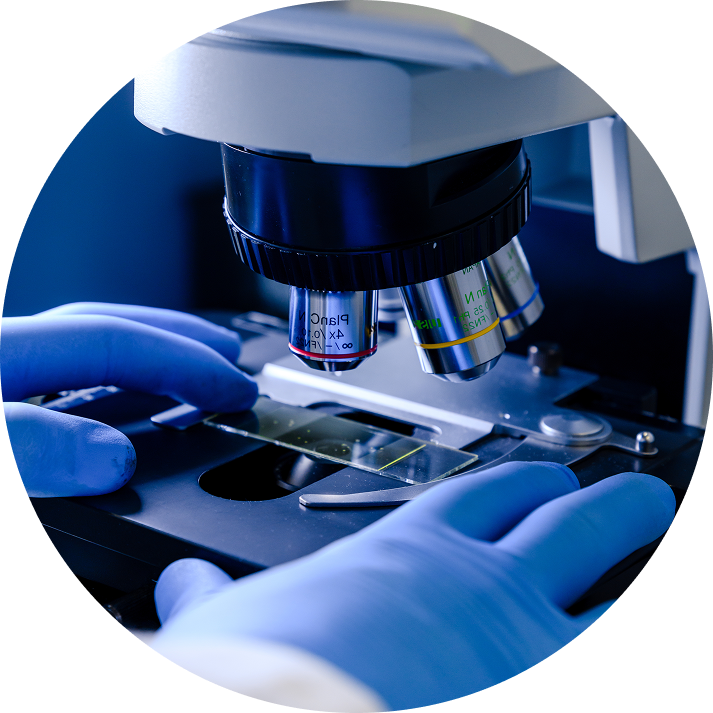
We are a basic science and translational research lab dedicated to exploring the circadian clock’s role in metabolic tissues. We consider the variable “time” in our experiments and utilize several experimental models and omics methods to answer our questions.
The physiological regulation of our bodily functions is dynamic rather than static; it operates in cycles. Most of these fluctuations occur over a 24-hour period, known as circadian rhythms. Our aim is to understand these circadian oscillations and their effects on metabolic tissues, yielding both fundamental and clinical insights.
Our biological processes are not static; they display moments of high and low activity. Studying the effects of time on biological systems falls within the chronobiological field. We investigate how circadian rhythms regulate metabolic processes and how they are affected by metabolic diseases, such as obesity. By understanding how diseases influence the local clock, we aim to uncover the basis of circadian regulation of physiological processes and use this knowledge to identify and suggest new therapeutic targets.
Organs are comprised of several types of cells that are connected to each other, resulting in a complex and dynamic interaction. We aim to understand the intratissue communication for metabolic organs in healthy conditions and in metabolic diseases, such as obesity and fatty liver disease.
Our goal is to map the molecular alterations in metabolic diseases to help improve their diagnosis and treatment. We aim to translate our findings into clinical applications – from the bench to the bedside.
Our goal is to understand how the skin responds to external factors such as light and temperature and their influence on skin physiology.
Our focus is to understand how fatty liver disease affects the transcriptional landscape of the liver with an emphasis on identifying biological processes that are time-of-day dependent.
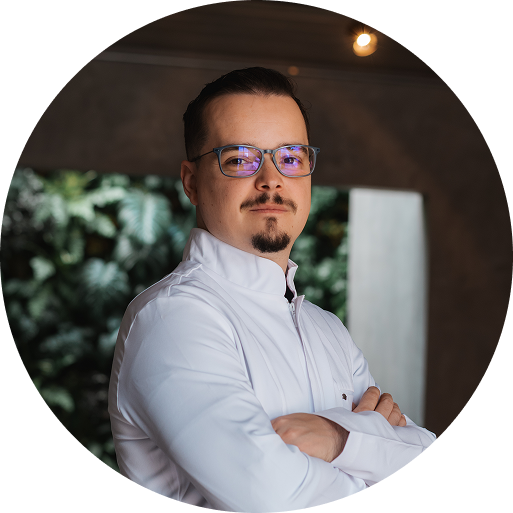
Associate Senior Lecturer
(Assistant Professor)
University of Gothenburg
Leonardo de Assis is an Assistant Professor (Associate Senior Lecturer) at the University of Gothenburg and a researcher at the Wallenberg Centre for Molecular and Translational Medicine. He is also a Group Leader in the Foundation of Circadian Medicine Consortium, a joint initiative between the University of Lübeck and Charité, funded by the German Research Foundation (DFG).
With a multidisciplinary background in circadian biology, metabolism, and skin physiology, de Assis investigates the temporal dynamics of metabolic tissues, focusing on how local clocks coordinate organ physiology. His work examines how skin cell types contribute to cutaneous circadian programs and how these are altered in pathological conditions such as obesity and metabolic liver disease. In parallel, he studies liver metabolism, exploring how circadian regulation and physical exercise influence hepatic physiology and contribute to the development and prevention of Metabolic dysfunction-Associated Steatotic Liver Disease (MASLD).
Integrating concepts of circadian biology with molecular biology and bioinformatics, his work aims to uncover novel therapeutic opportunities by targeting circadian pathways to improve health and to treat skin and liver-related disorders.
Publications
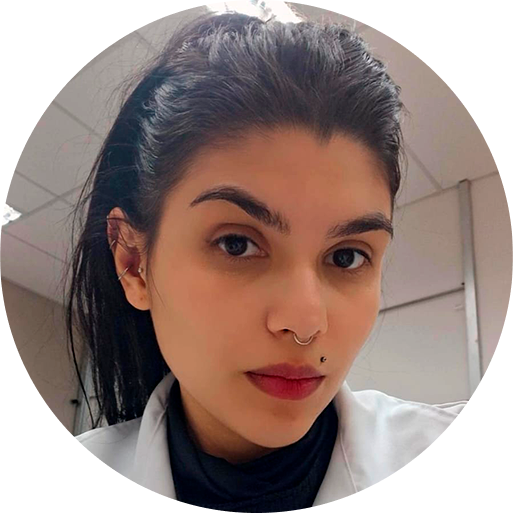
Holds a Pharmacy degree from the Federal University of São Paulo and a Master’s degree in Toxicology from the University of São Paulo.
Her training spans natural products chemistry, in vitro toxicology, and 3D cell culture, with experience in both academic and industrial settings, including TissueLabs and Colgate-Palmolive.
Her Master’s project, supervised by Prof. Silvya Maria Engler, focused on developing a pigmented full-thickness skin model using donor-derived primary cells from different phototypes.
She is now a PhD student at the University of Gothenburg and combines advanced 3D skin models with bioinformatics approaches to investigate how light and temperature signals influence the cutaneous circadian clock in a time- and cell-dependent manner.

PhD student in Molecular Biology at the University of Gothenburg.
She earned her BSc in Medical Nutrition Science from the University of Lübeck and her MSc in Human Nutrition from the University of Copenhagen.
Her research background includes circadian biology, metabolomics, and mass spectrometry, with projects ranging from thyroid hormone effects on metabolism to DNA adduct analysis in colorectal cancer.
In her PhD, she investigates how metabolic and inflammatory diseases disrupt circadian rhythms in the skin using human biopsies, tissue engineering, and transcriptomics.
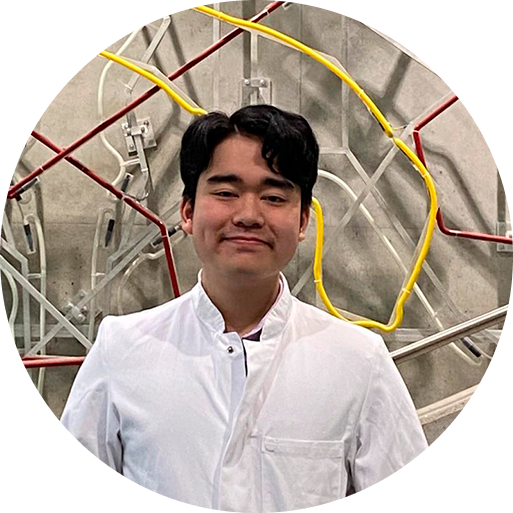
He is currently working on a project as part of a large consortium called the Foundation of Circadian Medicine (TRR418).
His goal is to understand how metabolic dysfunction-associated steatotic liver disease (MASLD) affects the liver clock and how exercise could be used to treat this disease.
He utilizes a combination of in vitro, in vivo, and bioinformatic techniques to develop a mechanistic understanding to contribute to a better treatment of MASLD.
In this Editorial, the editors, including Leonardo de Assis, provide an overview of the main findings published in the special issue.
In this paper, in collaboration with Prof. Baptista from the University of São Paulo, the authors show how blue light affects the transcriptome of human keratinocytes, resulting in stage-specific alterations in response to acute and chronic blue light exposure. These findings contribute to the growing evidence point to the deleterious of blue and visible light to human skin.
In this paper, using a translational approach, we investigated the role of the hepatic clock in Metabolic Dysfunction-Associated Steatohepatitis (MASH). By using a transgenic mouse line with disrupted clocks in hepatocytes, we demonstrated the consequences of such disruptions on daily transcriptome rhythms under physiological conditions and how these disturbances worsen MASH progression.

Lorem ipsum dolor sit amet. Aut ullam nobis qui animi architecto id odit quidem et incidunt natus et voluptates esse? Aut optio iure quo autem dolorem in voluptatem voluptatum qui sapiente sapiente id quas quidem aut voluptatem dolore? Ab enim facere ea fugiat sunt quo dolores asperiores sed temporibus dolore.

Lorem ipsum dolor sit amet. Aut ullam nobis qui animi architecto id odit quidem et incidunt natus et voluptates esse? Aut optio iure quo autem dolorem in voluptatem voluptatum qui sapiente sapiente id quas quidem aut voluptatem dolore? Ab enim facere ea fugiat sunt quo dolores asperiores sed temporibus dolore.

Lorem ipsum dolor sit amet. Aut ullam nobis qui animi architecto id odit quidem et incidunt natus et voluptates esse? Aut optio iure quo autem dolorem in voluptatem voluptatum qui sapiente sapiente id quas quidem aut voluptatem dolore? Ab enim facere ea fugiat sunt quo dolores asperiores sed temporibus dolore.

Lorem ipsum dolor sit amet. Aut ullam nobis qui animi architecto id odit quidem et incidunt natus et voluptates esse? Aut optio iure quo autem dolorem in voluptatem voluptatum qui sapiente sapiente id quas quidem aut voluptatem dolore? Ab enim facere ea fugiat sunt quo dolores asperiores sed temporibus dolore.

Lorem ipsum dolor sit amet. Aut ullam nobis qui animi architecto id odit quidem et incidunt natus et voluptates esse? Aut optio iure quo autem dolorem in voluptatem voluptatum qui sapiente sapiente id quas quidem aut voluptatem dolore? Ab enim facere ea fugiat sunt quo dolores asperiores sed temporibus dolore.

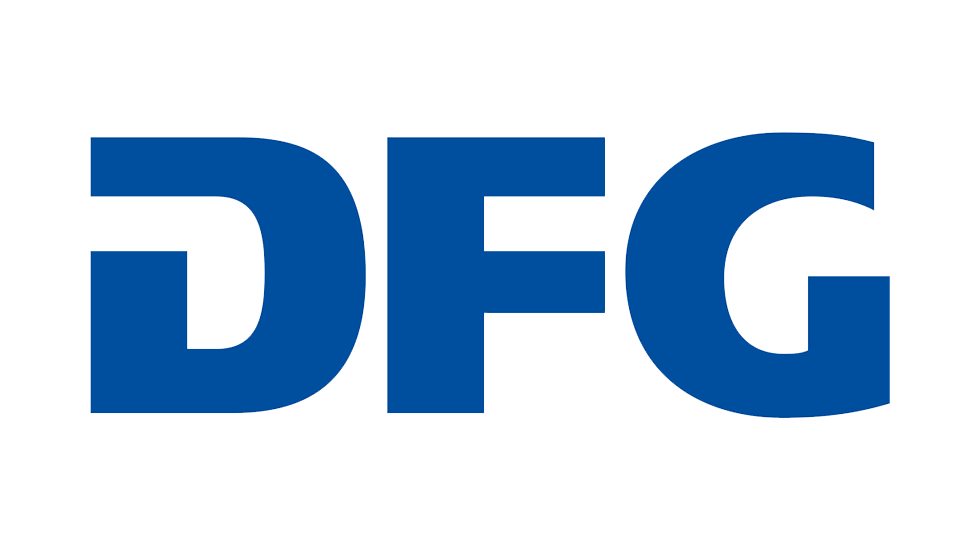
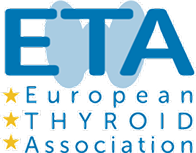

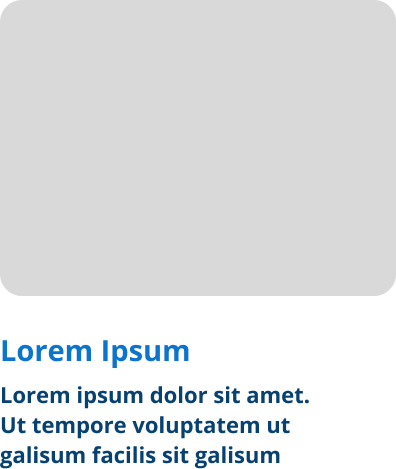


Subscribe to get exclusive content regarding Circadian Biology
